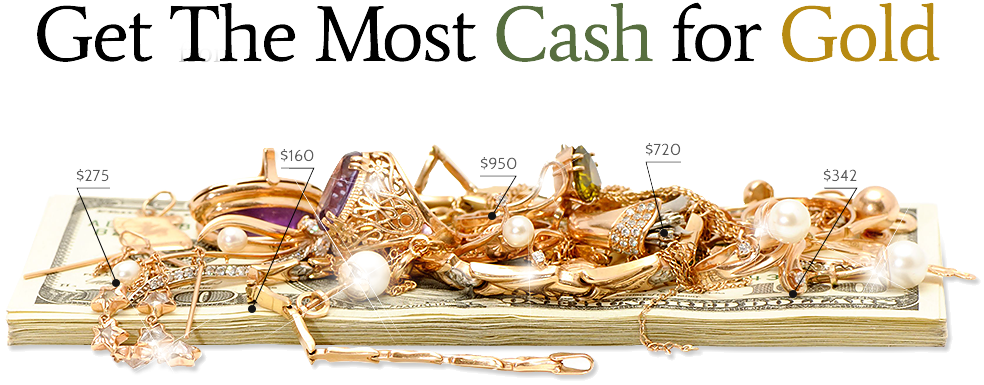Developing Viewpoints regarding Gold Reclamation within a Sustainable Purchaser Market
Developing Viewpoints regarding Gold Reclamation within a Sustainable Purchaser Market
Blog Article
Aurum reuse has become an important practice in our market sector, particularly as awareness of environmental issues grows. Aurum is a valuable element commonly utilized in electronics, jewelry, and other products. However, mining aurum can have adverse impacts on the ecosystem, including habitat destruction and pollution. By reusing gold, we can reduce the requirement for extraction, preserve environmental resources, and lessen the negative impact on our planet. This shift in viewpoint toward gold recycling is essential for promoting eco-friendliness and accountable use.
Reusing gold entails taking unused or discarded items that hold gold, including old ornaments, electronic devices, or oral work, and recovering the aurum for reuse. This procedure not only aids recover valuable resources but also reduces waste. Numerous buyers are starting to understand that aurum recycling is a practical and environmentally friendly alternative to buying recently mined gold. Companies in the ornaments and gadget industries are more and more providing recycling initiatives, facilitating it easier for buyers to participate in this eco-conscious practice. This growing movement emphasizes the importance of taking for our ecosystem while still benefiting from the benefits of aurum.
As consumers grow more informed about the environmental impacts of aurum mining, they are more likely to endorse items made from repurposed gold. This interest is influencing manufacturers to integrate repurposed materials into their products. Ornaments made from recycled gold can be just as beautiful and precious as that made from newly mined find more gold. Moreover, utilizing recycled gold can often be more cost-effective, making it an appealing option for both consumers and manufacturers. The movement towards repurposed gold promotes a closed-loop system, where resources are reused and repurposed rather than discarded.
The role of innovation in gold reuse is also important. Innovative techniques for recovering gold from electronic waste, for instance, have rendered the recycling procedure more efficient and effective. These cutting-edge methods assist recover gold from devices like mobile phones and laptops that would otherwise become in landfills. By improving reuse techniques, we can further boost the eco-friendliness of gold use. As technology continues to progress, the potential for gold reuse will expand, encouraging even more buyers to engage in this sustainable initiative.
In conclusion, changing views on aurum reuse reflect a strengthening commitment to sustainability in our consumer sector. By acknowledging the ecological benefits of recycling aurum, consumers and firms alike are taking more educated gold refining technologies choices. This shift not only helps safeguard the earth but also fosters a responsible approach to use. As the importance of recycling continues to build momentum, the future of aurum in a green market looks promising. Adopting aurum recycling can lead to a cleaner ecosystem and a more sustainable method of existence for everyone.
